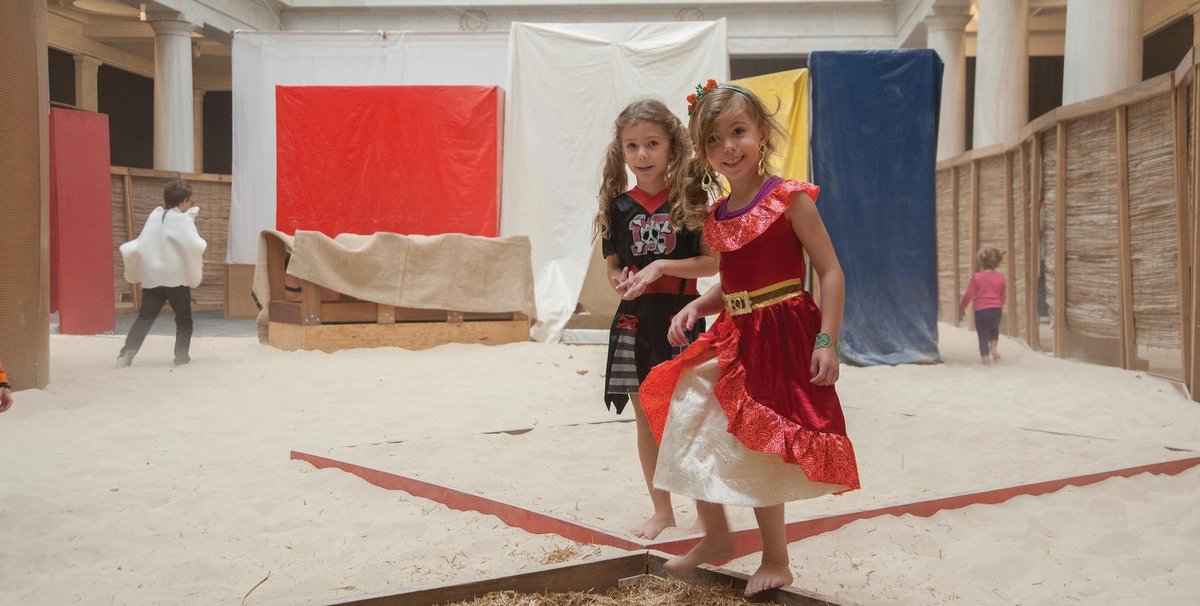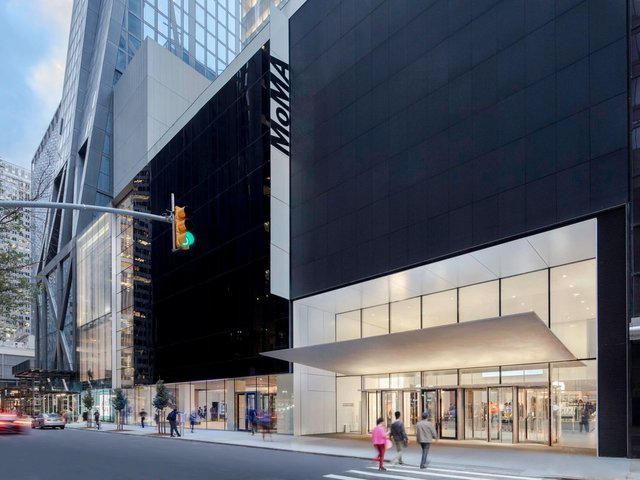A hit exhibition is not all fun and games. High attendance can complicate upkeep—especially for a show that already requires a great deal of maintenance.
Consider Take Me (I’m Yours), which closed in February at the Jewish Museum in New York. Curators presented objects that visitors were free to take home, like self-portrait lapel pins by Alex Israel and fortune cookies by Ian Cheng and Rachel Rose. An average of 10,000 items were produced for each project.
The curator Kelly Taxter says the museum ran out of and had to reorder certain items, including t-shirts by Rirkrit Tiravanija and Andrea Bowers’s Political Ribbons (2016). The show was restocked each morning before the museum opened.
Different shows present different challenges. Last October, the Carnegie Museum of Art in Pittsburgh, Pennsylvania, opened Hélio Oiticica: To Organize Delirium, a survey of the Brazilian artist’s work. It included a number of exotic installations that required special training for staff, including Tropicália (1967), which has live parrots. But the biggest challenge, according to the museum, was dealing with the crowds for the installation Eden (1969), which invites visitors to navigate sand, leaves and water—all of which had to be cleaned up multiple times a day. “With Eden, Oiticica was pursuing the idea of ‘creleisure’—that leisure helps to spur creativity,” says Jonathan Gaugler, the museum’s media manager. “As a result, people really did hang out in there.”
But art crowds are sophisticated. Thus far, no one has been burned by Urs Fischer’s Standing Julian (2015), a 1,000-pound, 8ft-tall candle depicting the artist and filmmaker Julian Schnabel. The sculpture melted for part of the run of the show Human Interest at the Whitney Museum (until 2 April). “To my knowledge, we did not have any issues (or incidents) as far as visitor interaction with the candle,” says a museum spokeswoman.





